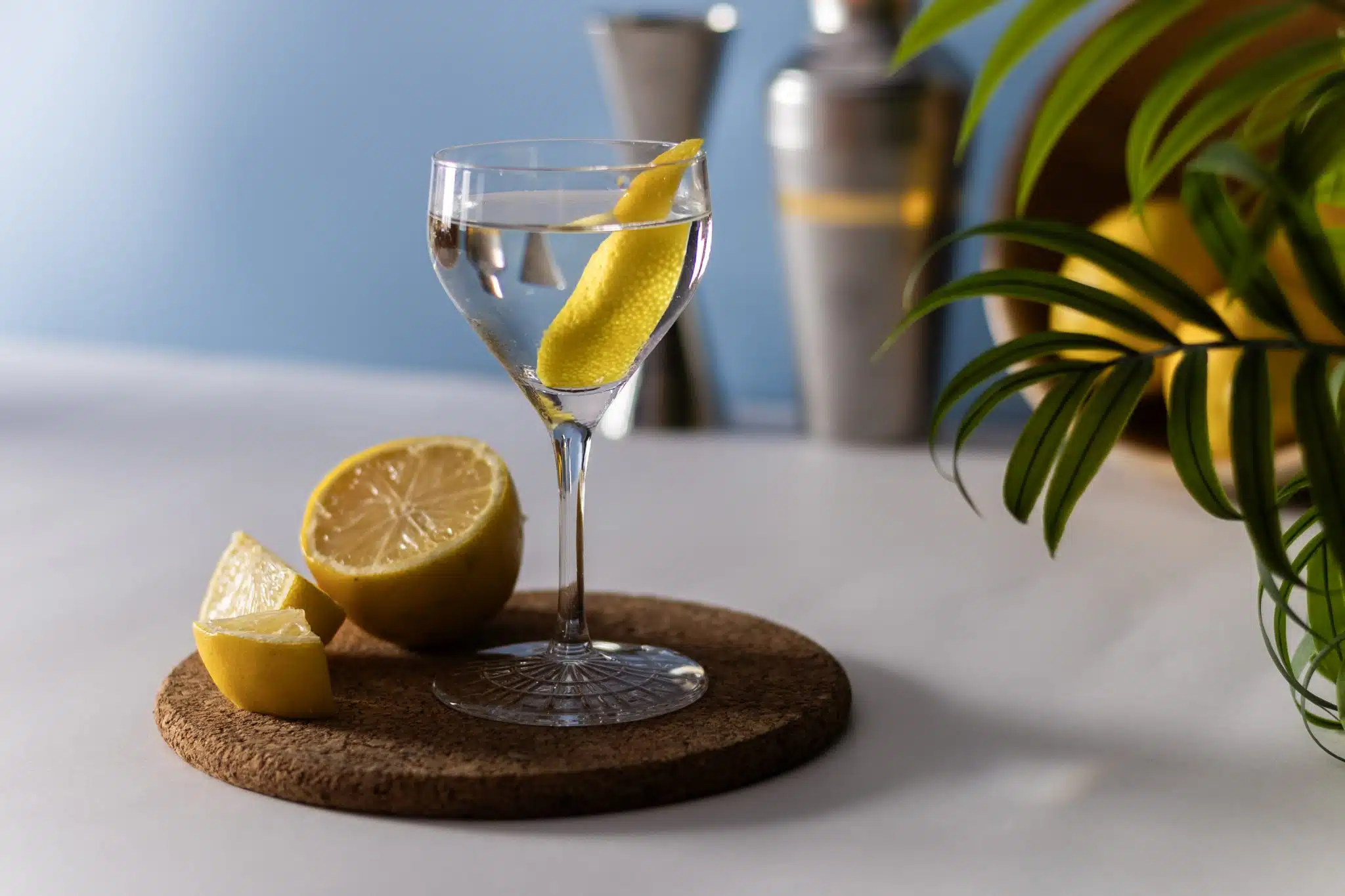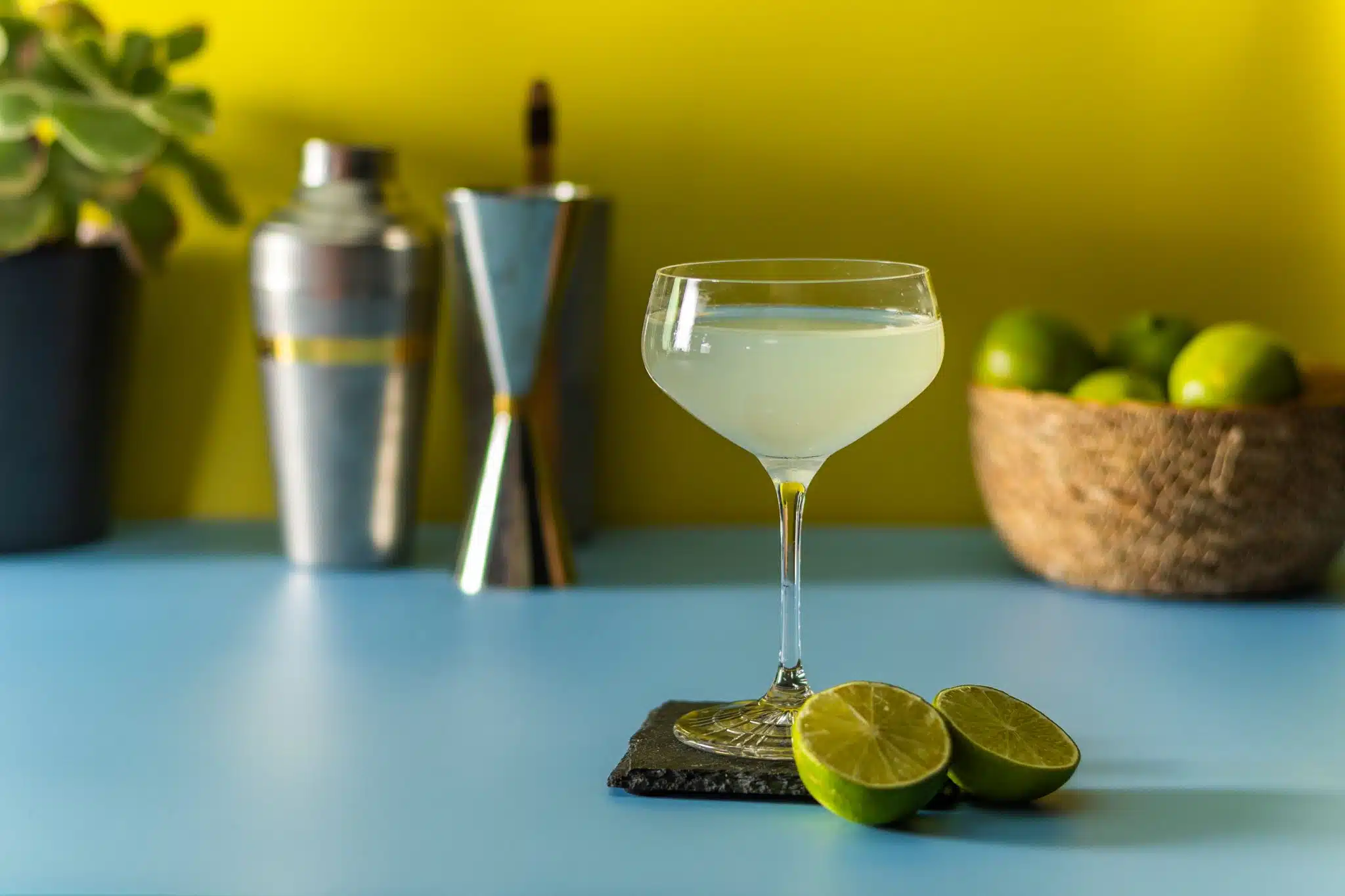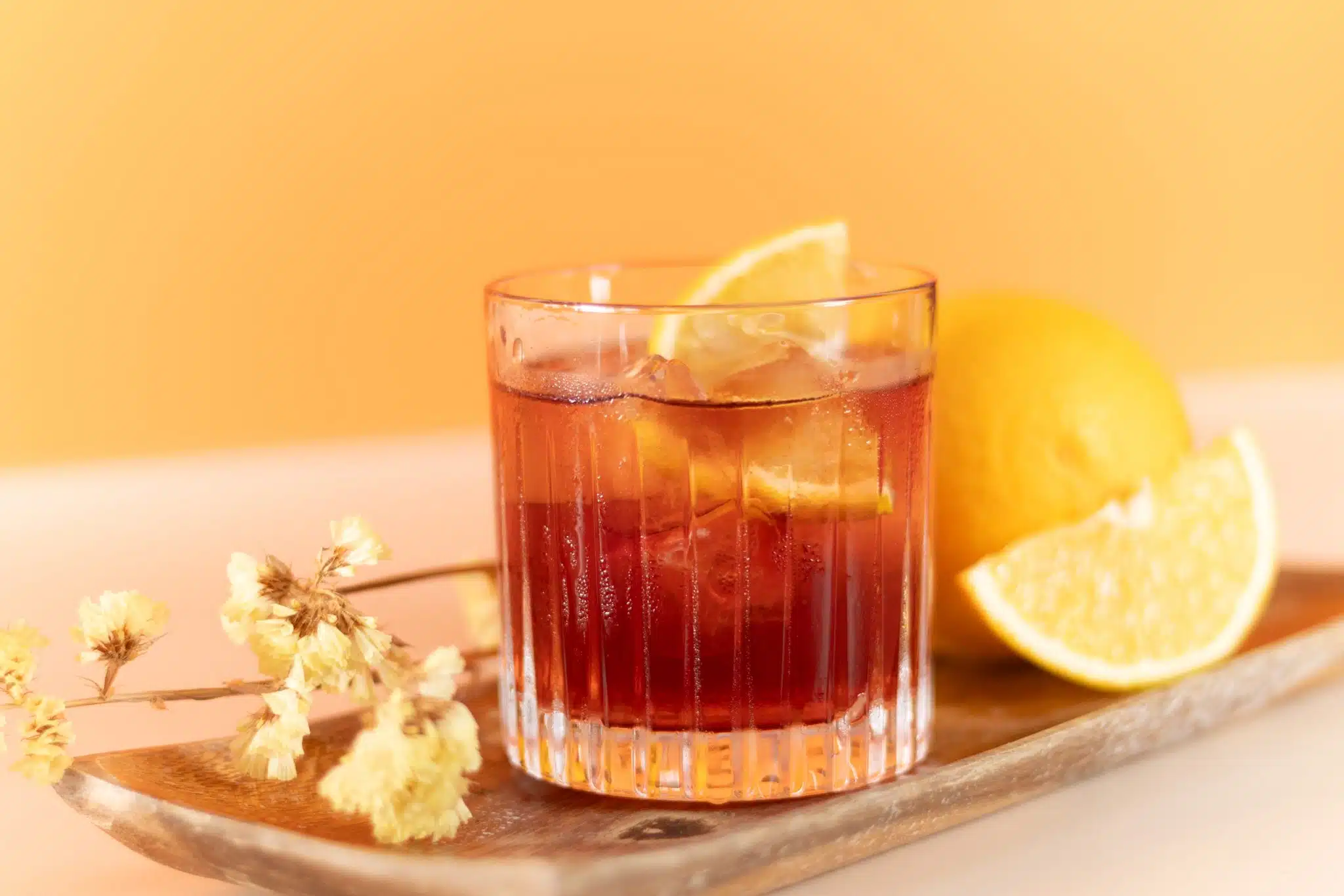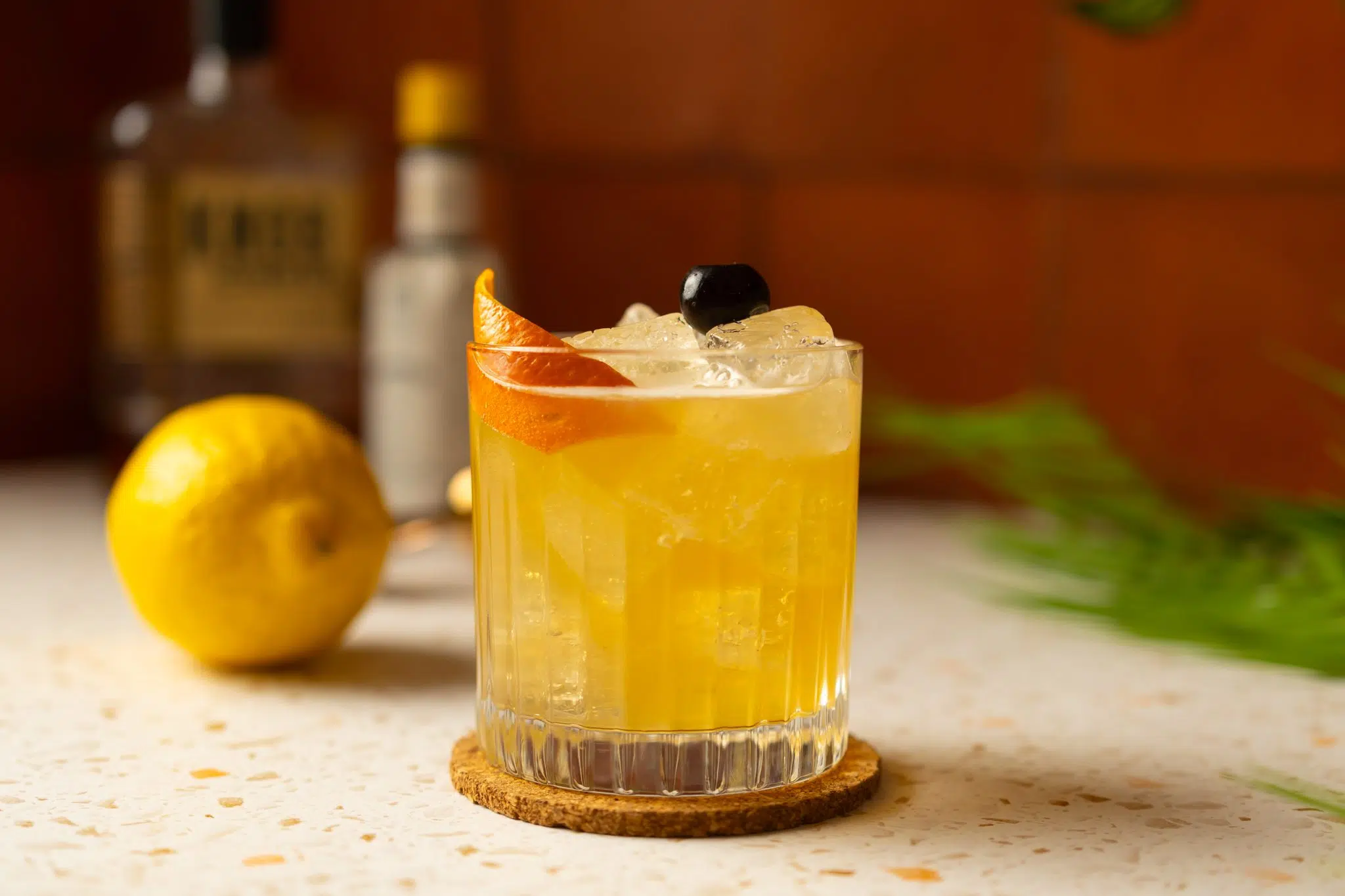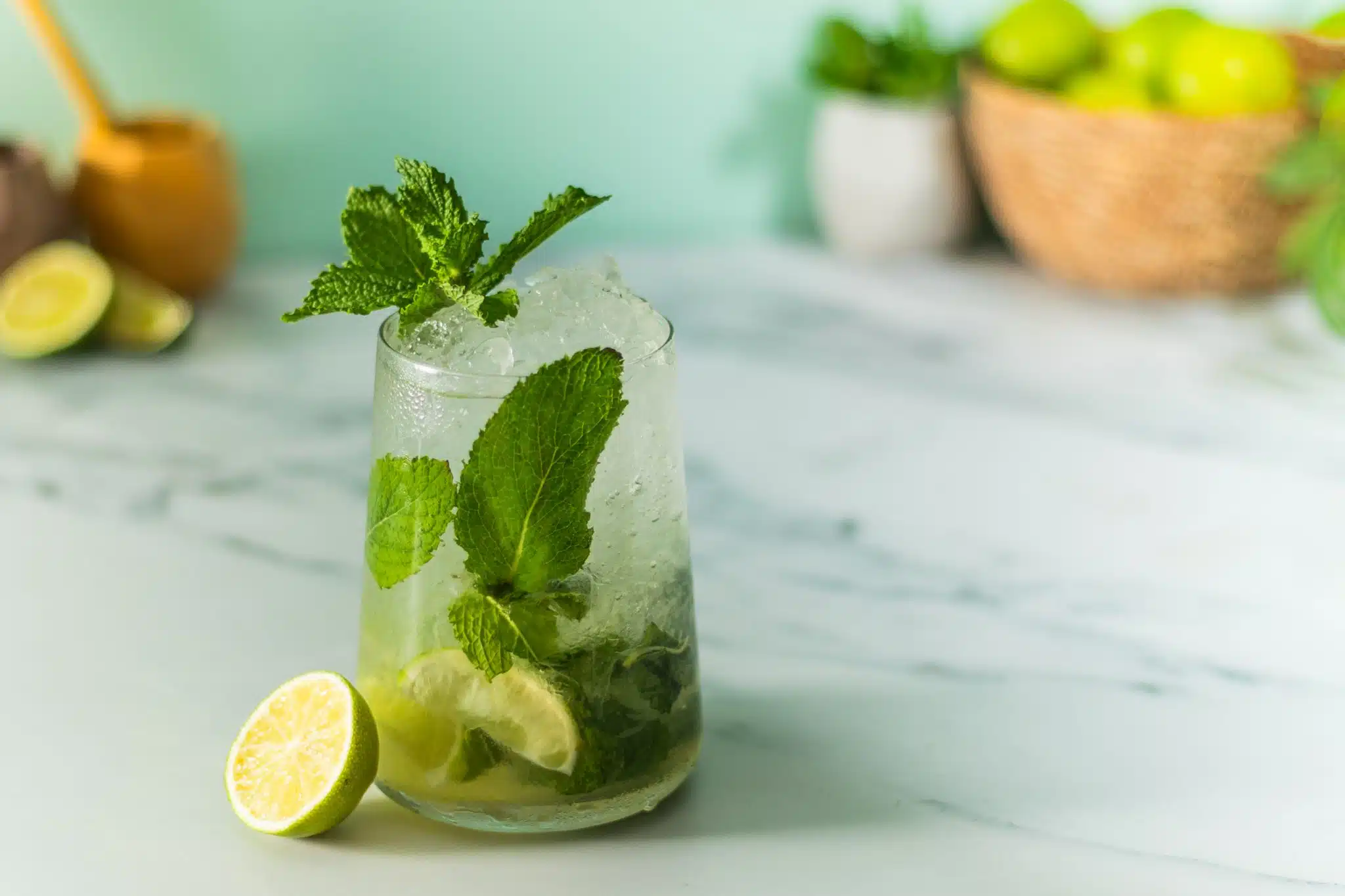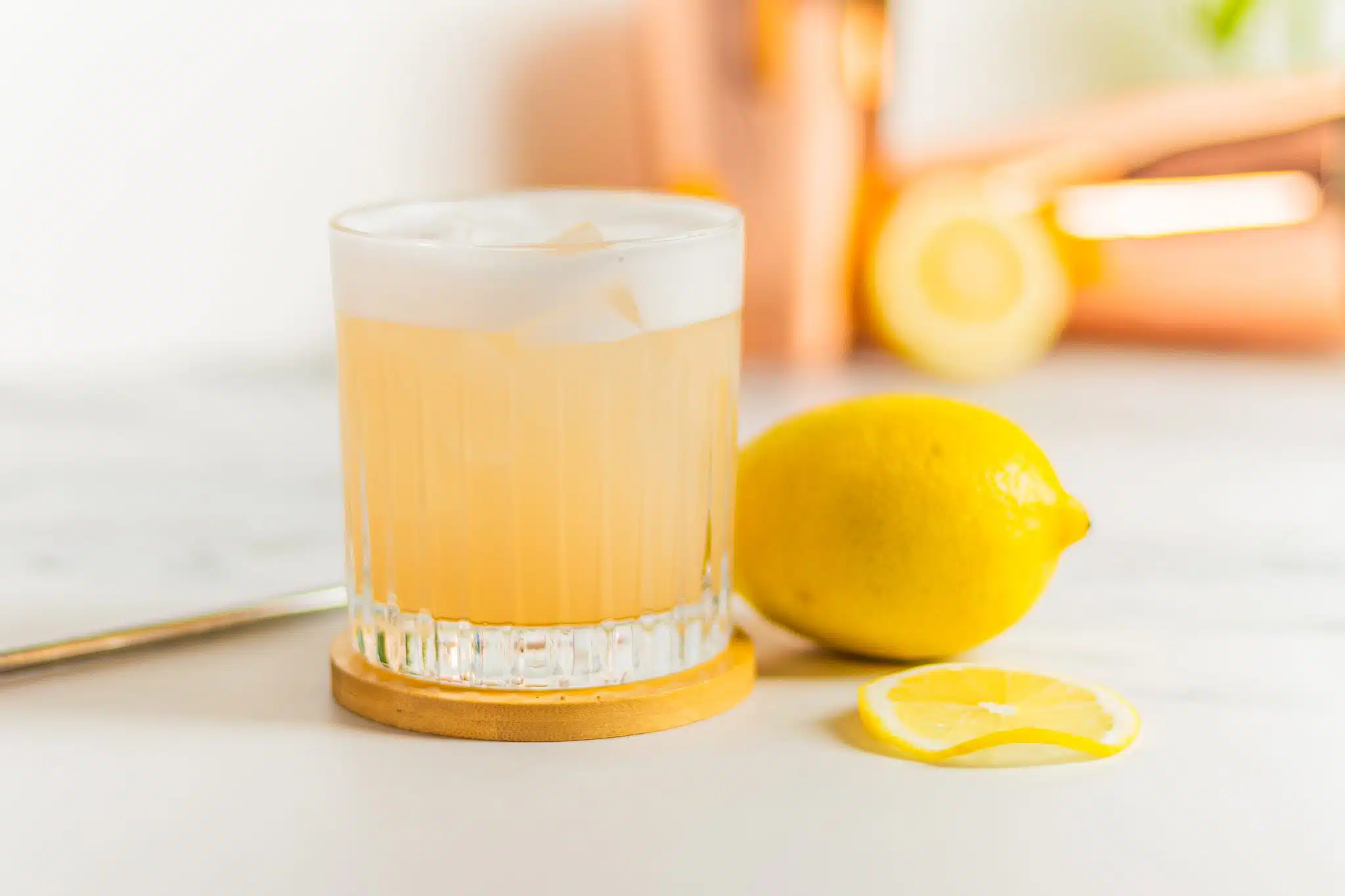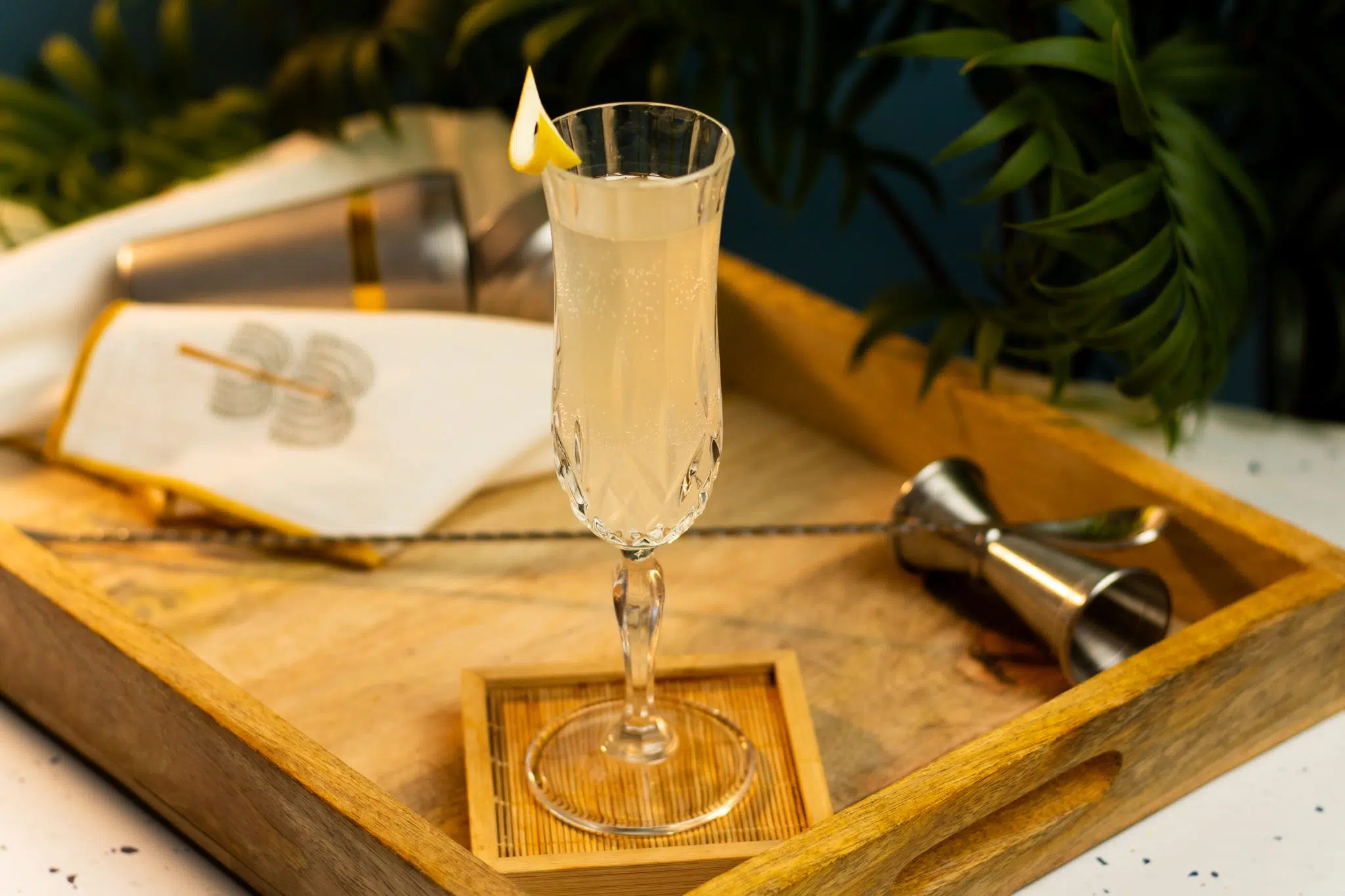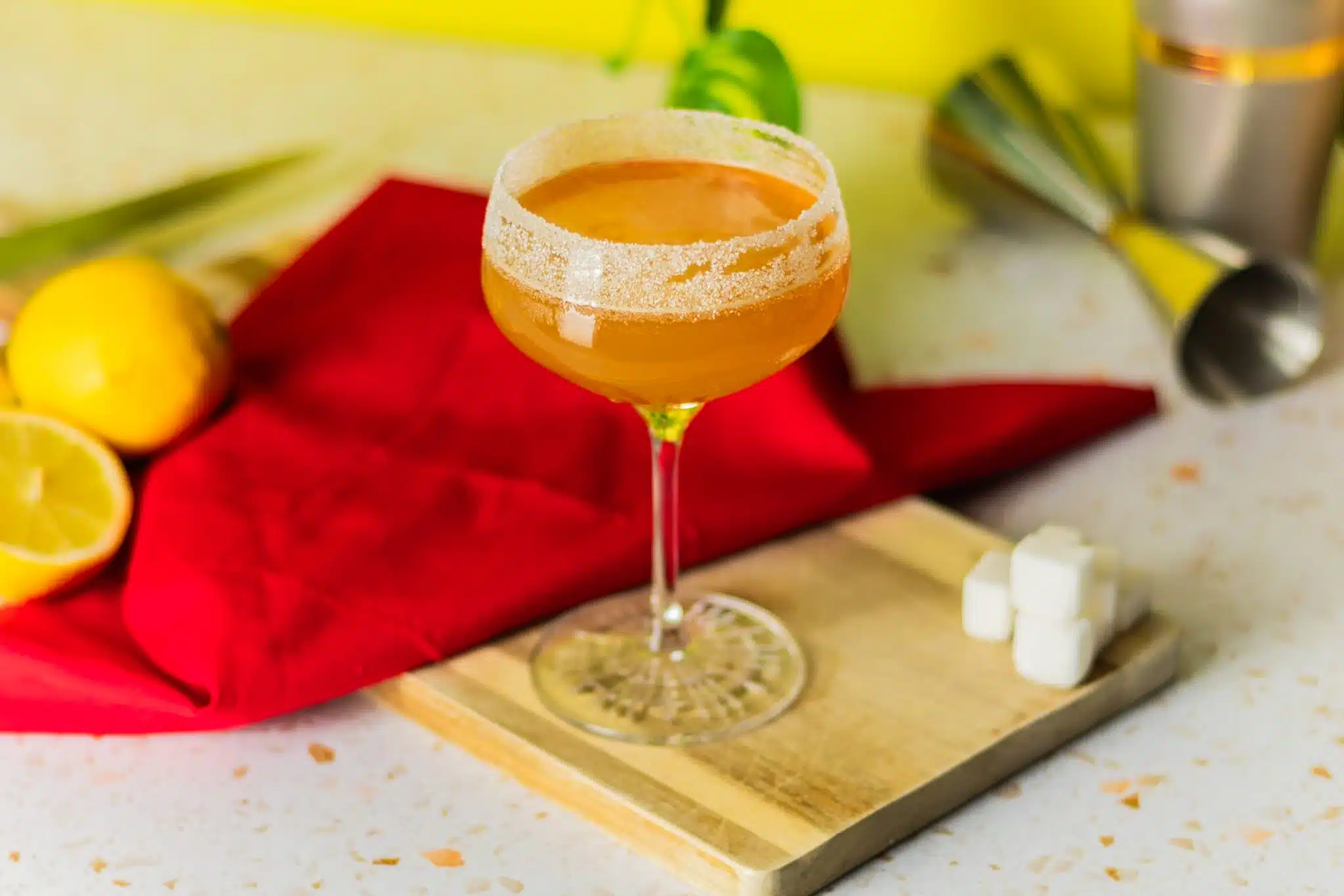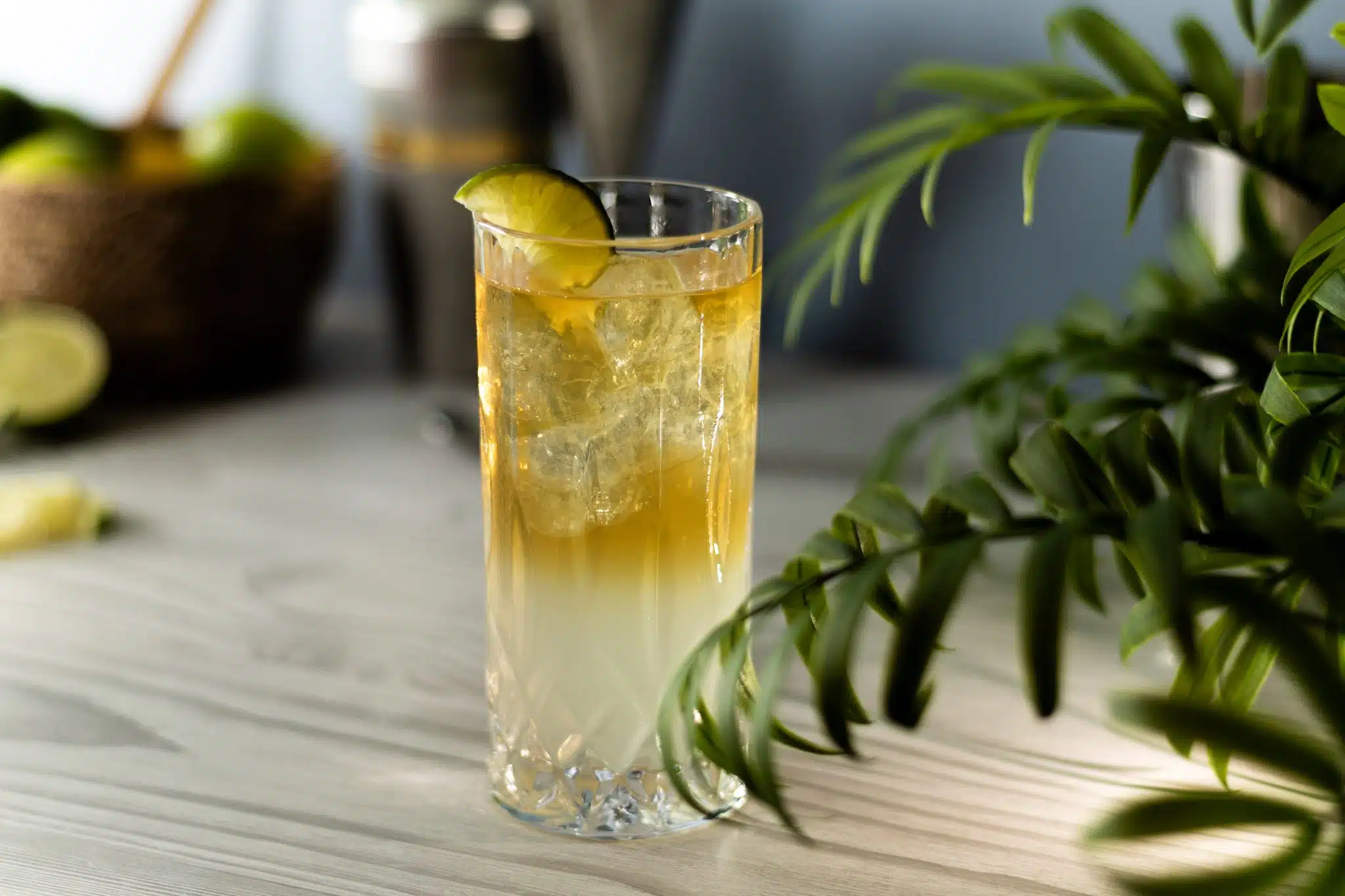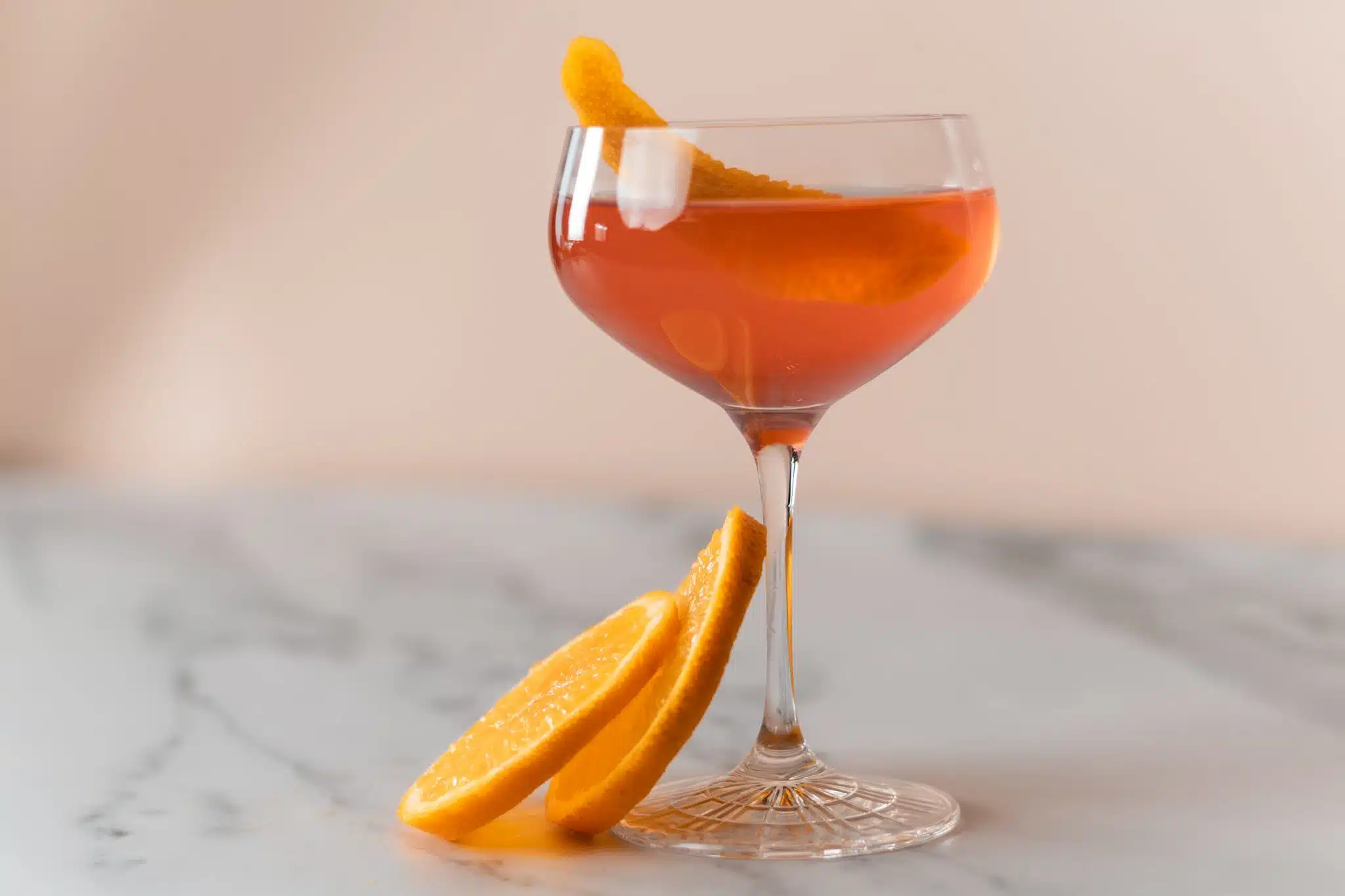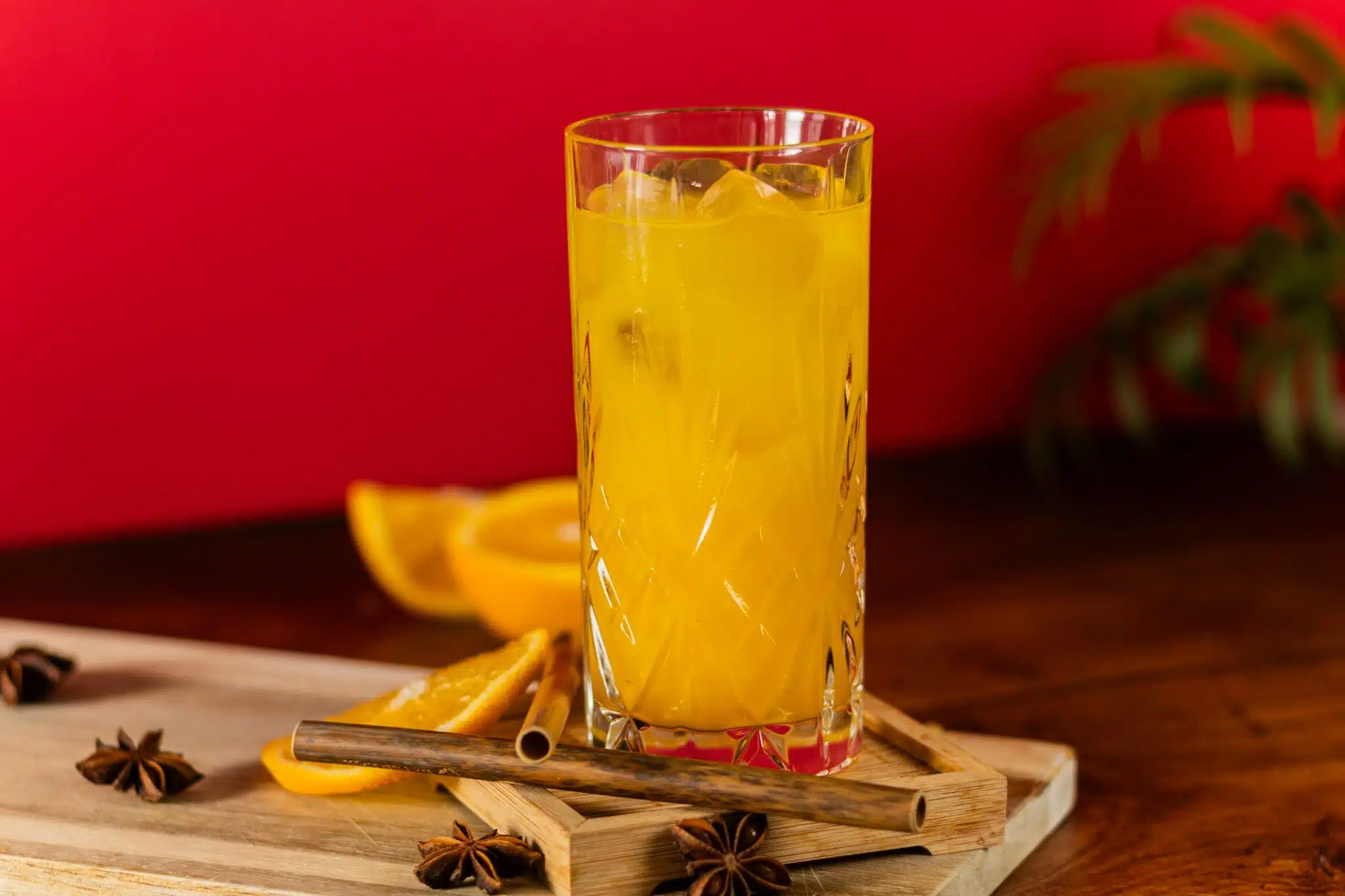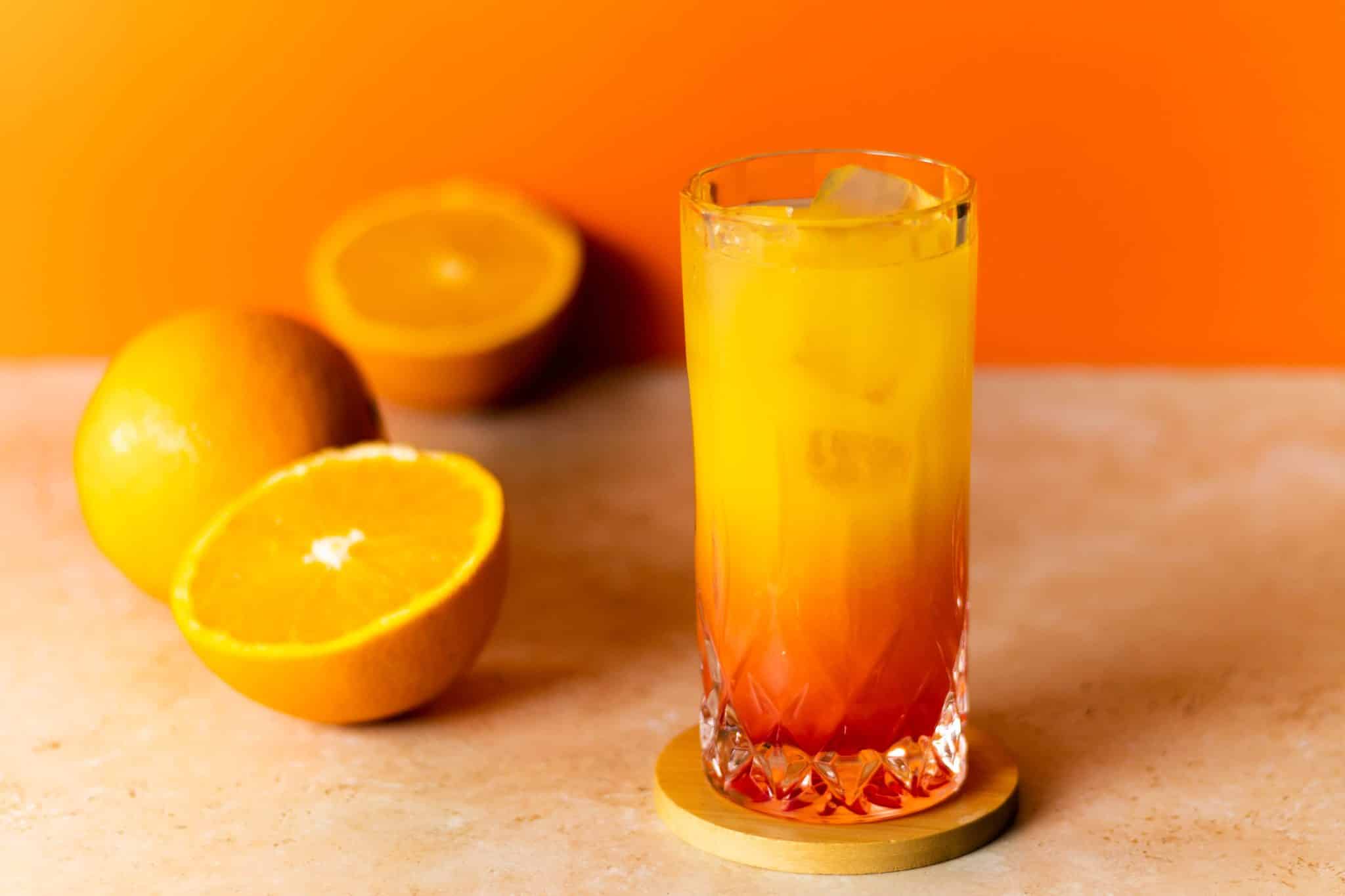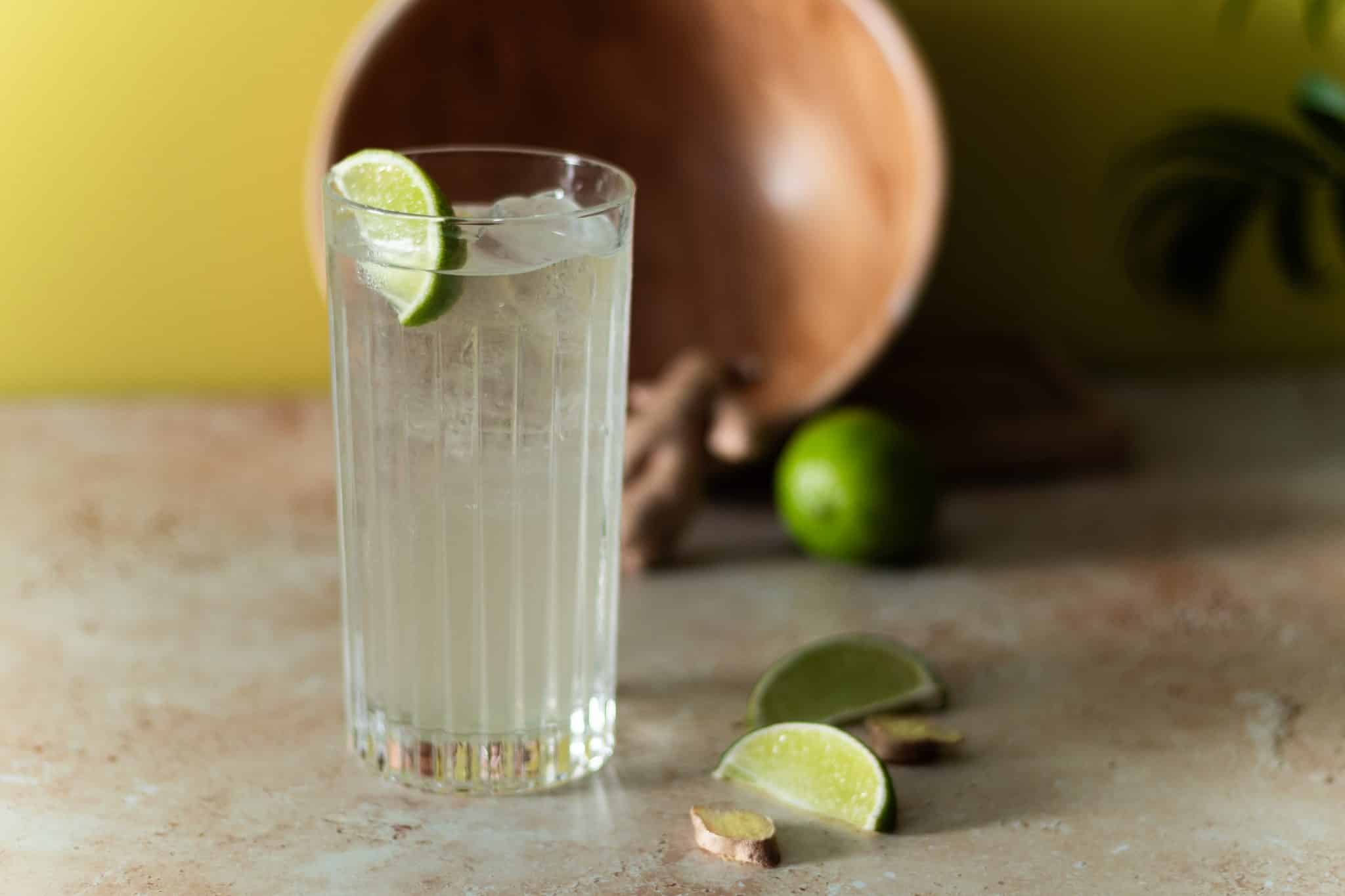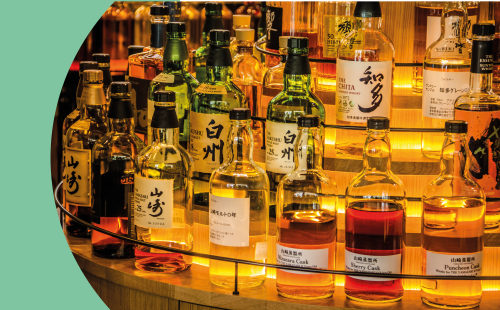Explore the rich world of classic cocktails made with beloved spirits like whiskey, tequila, gin, and vodka. Their recipes stand the test of time, making them a favorite for many.
There’s no single authority that designates a cocktail as a “classic.” However, the bartending community, drink historians, and enthusiasts recognize certain cocktails for their enduring influence and popularity. The International Bartenders Association (IBA) does have a list of “official cocktails” and “the unforgettables“, but the concept of a “classic” is more about longstanding popularity.
One benchmark comes from David Embury’s 1948 book, “The Fine Art of Mixing Drinks“. He suggested mastering six basic cocktails: Martini, Manhattan, Old Fashioned, Daiquiri, Sidecar, and Jack Rose. Embury’s rationale was that a bartender proficient in these could make nearly any drink. While the Sidecar has faded in popularity and Jack Rose is almost forgotten, their legacies remain. The Margarita is essentially a Tequila Sidecar, and the Jack Rose mirrors the Daiquiri using apple brandy and grenadine.
In making our updated list of classic cocktails, we not only drew inspiration from historical sources like Embury’s book but also leaned on the knowledge of our in-house team of seasoned bartenders. Our selection spans a diverse range, ensuring we cover all base spirits: vodka, tequila, gin, brandy, and whiskey. While the list below represents timeless classics, remember that we’ve dedicated a separate page on our website for the newer, modern classics for those seeking a contemporary twist.
30 Popular Classic Cocktail List and Recipes
Martini
People often call the Martini “the king of cocktails”. It started in the late 19th century with gin and dry vermouth. Nowadays, many also make it with vodka. If you add an olive, you get an “Olive Martini.” If you add a lemon twist, you have a “Lemon Twist Martini”.
Classic Manhattan
This cocktail mixes whiskey, sweet vermouth, and bitters. It got its start in New York City during the late 19th century. Some variations switch out the whiskey type, leading to names like “Rye Manhattan” or “Bourbon Manhattan”.
Old Fashioned
This drink goes way back to the 1800s, earning its name because it’s made in the “old fashioned” way: whiskey, sugar, and bitters. Over the years, bartenders started using different spirits. So, you might hear names like “Rum Old Fashioned” or “Brandy Old Fashioned”.
Daiquiri
This classic hails from Cuba, blending rum, lime juice, and sugar. The 20th century saw it gain international fame. There are fruity spins on it, like the “Strawberry Daiquiri” or “Banana Daiquiri”.
Margarita
A true star from Mexico, the Margarita mixes tequila, lime juice, and triple sec. Some say it started in the 1930s or 40s. It has many colorful variations like the “Strawberry Margarita” or “Mango Margarita”.
Negroni
Early 20th-century Italy introduced the Negroni, a bittersweet blend of gin, Campari, and sweet vermouth. Other drinks like the “Negroni Sbagliato,” swap out gin for sparkling wine, and the “Boulevardier” uses whiskey instead of gin.
Whiskey Sour
This American classic from the 1870s mixes whiskey, lemon juice, and sugar. The “Boston Sour” adds an egg white twist, while the “New York Sour” pours a splash of red wine on top.
Mojito
Cuba’s gift from the 16th century, the Mojito, combines white rum, lime juice, sugar, soda water, and mint. A “Spiced Mojito” adds a kick with spiced rum, and a “Berry Mojito” infuses it with berry flavors.
Tom Collins
The 1870s brought the Tom Collins into popularity. This refreshing drink uses gin, lemon juice, sugar, and soda water. A “Vodka Collins” swaps gin for vodka, while a “John Collins” opts for bourbon instead of gin.
Bloody Mary
Stemming from the 1920s, the Bloody Mary offers a spicy mix of vodka, tomato juice, and various seasonings. The “Bloody Maria” gives it a twist with tequila, and the “Red Snapper” goes back to gin.
Sazerac
New Orleans in the 1850s saw the birth of the Sazerac, a rye whiskey or cognac concoction with Peychaud’s bitters and absinthe. Some people twist it by using different bitters or adding a lemon peel for garnish.
Pisco Sour
The 1920s in Lima, Peru, brought us the Pisco Sour, combining pisco (a type of brandy), lime juice, simple syrup, and egg white. There’s the “Mango Pisco Sour,” where mango puree adds a fruity dimension.
French 75
Hailing from World War I-era France, the French 75 is a delightful mix of gin, lemon juice, sugar, and Champagne. If you replace the gin with cognac, you get a “French 125”.
White Russian
The 1960s introduced the White Russian, a creamy mix of vodka, coffee liqueur, and cream. If you skip the cream, you have a “Black Russian.” Another variant, the “Blind Russian,” includes Bailey’s Irish Cream.
Gimlet
Sailors from the British Navy in the 19th century used the Gimlet to ward off scurvy. This classic mixes gin with lime juice. The “Vodka Gimlet” is a popular variation, swapping out gin for vodka.
Sidecar
The roaring twenties in Paris saw the rise of the Sidecar. It combines cognac, orange liqueur, and lemon juice. The “Between the Sheets” is a well-known variation, introducing rum to the mix.
Dark ‘n’ Stormy
This Bermudian classic has deep roots in the Caribbean from the early 20th century. It pairs dark rum with ginger beer. There isn’t a widely recognized direct variation, but the “Moscow Mule” is a similar drink using vodka instead of rum.
Caipirinha
Brazil’s national drink, the Caipirinha, dates back to the early 20th century. It’s a vibrant mix of cachaça, sugar, and lime. A variation known as “Caipiroska” uses vodka in place of cachaça.
Mint Julep
People associate the Mint Julep with the southern United States, especially the Kentucky Derby since the 18th century. Made with mint, sugar, water, and bourbon, it’s a popular choice for warm days. Some like to explore its variations like the “Brandy Julep” or the “Rum Julep.
Ramos Gin Fizz
New Orleans gave birth to the Ramos Gin Fizz around 1888. Its frothy texture from egg white and cream makes it special. With gin, lemon juice, lime juice, egg white, sugar, cream, orange flower water, and soda water, it’s a delight. There’s the “Orange Fizz” and “Silver Fizz” as relatives, with tweaks in the ingredients.
Cosmopolitan
The bright pink Cosmopolitan gained popularity in the 1990s, especially with the TV show “Sex and the City.” Made of vodka, triple sec, cranberry juice, and freshly squeezed lime juice, it’s tangy and sweet. Some bartenders like to tweak it with variations such as the “Mango Cosmo” or “Blue Cosmo” by changing the primary fruit juice or adding a splash of blue curaçao.
Aperol Spritz
Hailing from Italy and commonly enjoyed during the Venetian “aperitivo” hour, the Aperol Spritz is a refreshing mix of Prosecco, Aperol, and soda water. Its bright orange color and bittersweet taste are unmistakable. While the classic Aperol Spritz remains a favorite, variations like the “Campari Spritz” or the “Limoncello Spritz” have also charmed many.
Kir Royale
Introduced in the 20th century in France, the Kir Royale quickly became a symbol of elegance. It blends crème de cassis (blackcurrant liqueur) with Champagne for a refined taste. If you’re looking for a variation, try the classic Kir, which uses white wine instead of Champagne.
Harvey Wallbanger
The 1970s brought us the Harvey Wallbanger from the U.S., a delightful mix of vodka, Galliano, and orange juice. Its playful name and unique taste made it a hit. While there aren’t direct variations, it’s a close cousin to the Screwdriver, which omits the Galliano.
Mai Tai
The 1940s introduced the Mai Tai, a Polynesian-inspired cocktail from the U.S. With rum, lime juice, and other tropical flavors, it transports you to an island paradise. There have been many variations, but the Royal Hawaiian and Trader Vic’s recipes are among the most recognized.
Tequila Sunrise
The Tequila Sunrise, with its stunning gradient of colors, came to fame in the U.S. during the 1970s. Combining tequila, orange juice, and grenadine, it looks as good as it tastes. For a twist, some people enjoy a “Tequila Sunset,” where blackcurrant liqueur replaces the grenadine.
Pina Colada
The Pina Colada, created in Puerto Rico in the 1950s, blends coconut cream, pineapple juice, and white rum for a tropical treat. Some variations include the “Strawberry Pina Colada,” where strawberries combine.
Rusty Nail
In the early 1940s, the Rusty Nail debuted, uniting Scotch whisky with Drambuie, a honey-herb liqueur. While it has few variations, adjusting the whisky-to-drambuie ratio can subtly change its taste.
Vieux Carré
New Orleans, known for its vibrant cocktail culture, introduced the Vieux Carré in the 1930s. Combining cognac, rye whiskey, vermouth, and a dash of Benedictine liqueur, it stands out as a robust concoction. While not subject to numerous variations, playing with the base spirits can offer unique flavor profiles.
Moscow Mule
The 1940s saw the birth of the Moscow Mule in Los Angeles, a refreshing mix of vodka, ginger beer, and lime juice. It’s often served in a signature copper mug. “Kentucky Mule” with bourbon and “Mexican Mule” with tequila are popular twists on the original.
Classic Cocktails: Manhattan Recipe (and 29 More!)
Try this classic Manhattan recipe! It’s a simple mix of whiskey, sweet vermouth, and bitters that never fails to impress.
Ingredients
- 2 oz Rye Whiskey
- 1 oz sweet Vermouth
- 2 dashes Angostura aromatic bitters
- Ice cubes
- Maraschino cherry or lemon twist - for garnish, optional
Equipment
- Cocktail Glass chilled
- Measuring Jigger
- Mixing Glass
- Stirrer or Bar Spoon
- Strainer
Instructions
- Prep cocktail glass: Place your cocktail glass in the freezer few hours before or ice it up with ice before starting.
- Add Bitters: Drop in 2 dashes Angostura aromatic bitters into the mixing glass.
- Add Vermouth: Measure and add 1 oz sweet Vermouth.
- Add Rye Whiskey: Pour 2 oz Rye Whiskey into the mixing glass.
- Stir Gently: Add ice cubes and stir the ingredients together gently with a bar spoon.
- Strain: Discard the ice from your cocktail glass and strain the mixture.
- Garnish: Add a maraschino cherry or a lemon twist for garnish.
Notes
Substitutes:
- Rye Whiskey: If you don't have rye, bourbon makes a good stand-in, but it will make the drink sweeter. I've also used Scotch for a "Rob Roy," a smokier take on a Manhattan.
- Sweet Vermouth: Dry vermouth can work in a pinch, but you'll lose the traditional Manhattan sweetness. To balance it out, add a dash of simple syrup.
- Angostura Bitters: If you run out of Angostura, orange bitters can add an interesting twist. It won't be a classic Manhattan, but it'll still be tasty.
Making a Pitcher of Manhattan:
- Scale: To make a pitcher that serves 8, multiply all the ingredients by 8. So, 16 oz of rye whiskey, 8 oz of sweet vermouth, and 16 dashes of Angostura bitters.
- Mix: Combine the whiskey, vermouth, and bitters in a large pitcher. Stir well.
- Serve: Strain the mixture into individual chilled cocktail glasses, garnish as desired, and serve immediately.
Making it Non-Alcoholic:
- Rye Whiskey Substitute: Opt for a non-alcoholic whiskey alternative widely available in specialty stores.
- Proceed As Usual: Follow these non-alcoholic ingredients' original steps to enjoy a "mock" Manhattan.
Making it Vegan:
- Garnish: Skip the maraschino cherry if it's made with non-vegan dyes or additives. Opt for a lemon twist, or find a vegan-friendly cherry brand.


